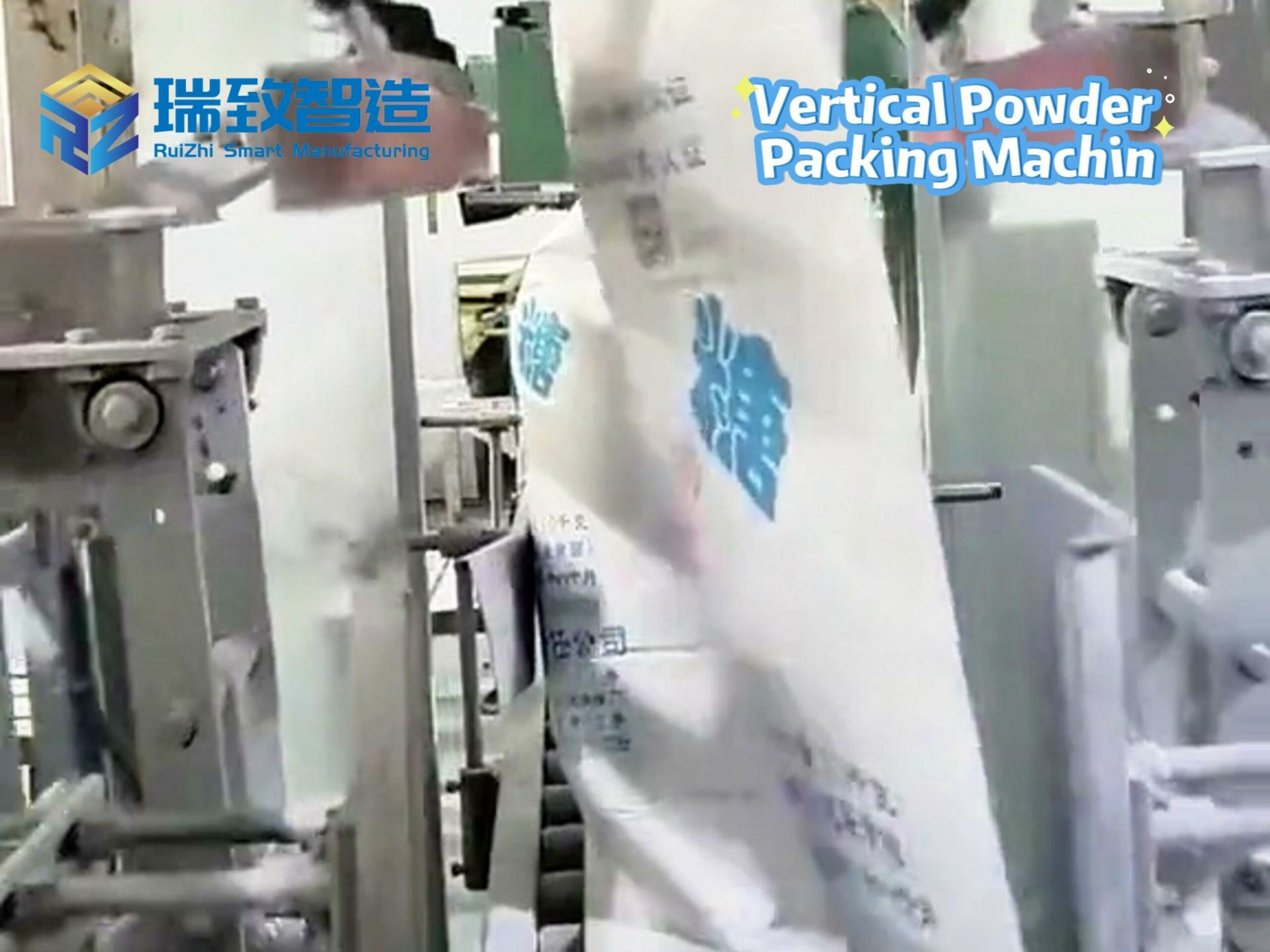Table of Contents
ToggleAutomatic Spring Tray Arrangement Equipment: Reshaping the Automation Paradigm of Precision Manufacturing

In the field of modern industrial manufacturing, springs serve as indispensable basic components, widely applied in automotive, electronics, machinery, aerospace, and numerous other industries. From valve springs in automobile engines to tiny contact springs in electronic products, their quality and assembly efficiency directly impact the performance and reliability of end products. With the acceleration of industrial automation, traditional manual spring tray arrangement methods have struggled to meet the growing demands for high-precision, high-efficiency, and large-batch production. As a result, automatic spring tray arrangement equipment has emerged, becoming a key force driving the upgrading of precision manufacturing industries.
I. Core Structure and Technical Principles of the Equipment
Automatic spring tray arrangement equipment is an intelligent automated system integrating multi-disciplinary technologies such as machinery, electronics, sensing, and control. Its core structure mainly comprises five modules: the feeding system, conveying system, visual inspection system, tray arrangement actuator, and control system.
1. Feeding System
This system is responsible for orderly conveying randomly stacked springs to the working area of the equipment. Common feeding methods include vibration plate feeding and silo feeding:
- Vibration Plate Feeding: Utilizes vibration principles and a specific track design to enable springs to automatically complete directional alignment during vibration, entering the conveying system in the correct posture.
- Silo Feeding: Suitable for large-batch, same-specification spring feeding, using robotic arms or pneumatic devices to grasp and place springs onto the conveying track one by one.
2. Conveying System
Analogous to the “blood vessels” of the equipment, the conveying system stably and efficiently transports springs from the feeding system to the tray arrangement station. Composed of components like conveyor belts, guide rails, and air cylinders, it enables precise speed control and position adjustment based on the spring’s size, weight, and production cycle.
3. Visual Inspection System
Serving as the “eyes” of the equipment, the visual inspection system employs industrial cameras, light sources, and image processing algorithms to real-time detect and identify parameters such as the spring’s appearance, dimensions, and position. When defects (e.g., fractures, deformations, dimensional deviations) or incorrect postures are detected, the system immediately signals the rejection mechanism to remove non-conforming springs from the conveying line, ensuring only qualified springs enter the tray arrangement station.
4. Tray Arrangement Actuator
As the “hands” of the equipment, the actuator typically consists of a 4-axis or 6-axis robot and specialized fixtures. The robot precisely grasps springs according to instructions from the control system and places them onto trays in preset patterns (e.g., matrix arrangement, circular arrangement). Fixture design fully considers the spring’s shape, material, and surface quality, using vacuum adsorption, pneumatic clamping, etc., to ensure no damage during grasping and placement.
5. Control System
Functioning as the “brain” of the equipment, the control system is built based on PLC (Programmable Logic Controller) or industrial computers, coordinating the control of each subsystem through programmed logic. It real-time monitors the equipment’s operation status, adjusts parameters (e.g., tray arrangement speed, feeding frequency, inspection precision) according to production needs, and features fault diagnosis and alarm functions for operators to promptly identify and resolve issues.
II. Application Scenarios and Significant Advantages
Automatic spring tray arrangement equipment finds extensive applications:
- In the automotive industry, it is used for tray arrangement of engine valve springs, clutch springs, suspension springs, etc., meeting the needs of large-scale, high-quality production of automotive components.
- In the electronics industry, it is suitable for precise tray arrangement of tiny springs in mobile phones, computers, and other electronic products, ensuring assembly accuracy and reliability.
- In the medical device industry, it can perform tray arrangement of syringe springs, surgical instrument springs, etc., in sterile environments, complying with strict hygiene standards and quality requirements.
Compared with traditional manual tray arrangement, the equipment offers significant advantages:
- Drastically improved efficiency: Capable of 24-hour continuous operation, with a tray arrangement speed 3-5 times higher than manual work, effectively shortening production cycles and enhancing enterprise capacity and delivery capabilities.
- Extreme precision: Through the visual inspection system and high-precision actuator, position errors are controlled within ±0.1mm, meeting the rigorous assembly precision requirements of precision manufacturing.
- Stable performance: Unaffected by human factors, it avoids quality instability caused by worker fatigue, emotional fluctuations, etc., significantly reducing defect rates and saving production costs.
- Labor optimization: Effectively reduces worker labor intensity, decreases reliance on skilled labor, alleviates workforce shortages, and improves the enterprise’s automation and intelligent management levels, enhancing market competitiveness.
III. Industry Status and Future Development Trends
Currently, the global automatic spring tray arrangement equipment market is growing rapidly. Developed countries such as Europe, America, and Japan dominate the high-end equipment sector with advanced technologies and rich manufacturing experience. In recent years, China has made remarkable progress in automated equipment manufacturing—some domestic enterprises have mastered core technologies, with product performance and quality gradually approaching international advanced levels. They also hold a large share in the mid-to-low-end market through cost-performance advantages.
Looking to the future, the equipment will develop towards intelligence, flexibility, and integration:
- Intelligence: Deep integration with AI, machine learning, etc., to achieve autonomous spring quality judgment, predictive equipment maintenance, and automatic production process optimization.
- Flexibility: Through modular design and quick-change technologies, the equipment can rapidly adapt to tray arrangement needs for different specifications and types of springs, suitable for small-batch, multi-variety production models.
- Integration: Seamless docking with upstream and downstream production equipment (e.g., spring forming machines, testing equipment, packaging equipment) to build highly automated spring production lines, realizing full-process automated control from raw material input to finished product output.
As an important equipment for automation upgrading in the precision manufacturing field, automatic spring tray arrangement equipment is driving the transformation and development of the spring production industry with its efficient, precise, and stable performance. With continuous technological innovation, it will play a more significant role in broader fields, injecting new momentum into the high-quality development of global manufacturing.
This article provides a detailed overview of automatic spring tray arrangement equipment. If you need to adjust the content focus or modify the length, feel free to let me know.
#How to Choose Spring Traying Equipment #Spring Traying Equipment Cost #自动弹簧托盘排列设备




















